- Greens Pool musical, photo:: Michael Hemmings
- Greens Pool musical, photo:: Michael Hemmings
- Greens Pool musical, photo:: Michael Hemmings
- Greens Pool musical, photo:: Michael Hemmings
- Greens Pool musical, photo:: Michael Hemmings
- Greens Pool musical, photo:: Michael Hemmings
- Greens Pool musical, photo:: Michael Hemmings
“Cleanliness and Civility. Then there’s the Divvy.”
My first sight on stepping off the bus was the Denmark Coop Store, bearing this prim motto. Many Australian villages are proud of their Tidy Town Awards. But this word “Divvy” struck me as odd, as though belonging to another age. The diminutive of “dividend” conjured up early settler communities banding together.
I’d arrived late Saturday afternoon to witness the world of Cecile Williams, whose work I’d only experienced before in CD and websites. Like other Australian fibre artists, she is distinguished by a reliance on what is immediately to hand, rather than processed materials from elsewhere that can be bought in shops. Tjanpi weavers make sculptures out of Guilford grass and Abe Muriata weaves jawun baskets out of lawyer cane. Cecile gathers from the stuff of human habitation, such as plastic waste. Regrettably, it’s the kind of work does not seem to travel east. You have to experience it in situ—Denmark (Western Australia).
From Perth, it’s an eight-hour journey south by train and bus. You travel through relatively sparsely populated wheat and timber towns, many with the characteristic “up” suffix—Mullalyup, Balingup, Yornup, Manjimup, Dordagup, Nornalup…
- Ephemeral street art in Denmark
Denmark lies on the southwest coast of Australia, next to Albany. Its Noongar name Kwoorabup (“kwoor” is a black wallaby) was replaced by the early English explorer in deference to a naval surgeon, Alexander Denmark. For many years, Perthites would escape the intense summer heat by moving down to Denmark for the holidays. Despite its small population—just over 2,000—it has an extraordinary creative life, which I was about to sample.
Tickets for Greens Pool: The Musical had sold out weeks ago. Waiting at the entrance, we were entertained by a couple in fish costumes playing wonky tennis in the car park.The performance within continued this pantomime spirit with an epic production involving more than 120 locals, who produced a stirring musical of original songs lasting two hours. The night I was there, the elaborate video projection stopped two-thirds of the way through, but rather than spoil the evening, this gave the performers an opportunity to demonstrate their capacity to improvise. The dedication of the community was evident in the group of school children who had memorised a complex rap chorus lasting three minutes, under the guidance of their teacher, dressed as a turtle. The performances received regular standing ovations.
The event had been conceived by Peter Keelan, Cecile’s partner and its Creative Producer. He drew on the love that locals have for a treasured swimming spot, and fear that it was being destroyed by overfishing.I spotted Cecile’s hand in the exuberant set design and costumes. The next morning, I had the chance to learn from her the story behind her design. She drove me to their new idyllic abode, five kilometres outside of Denmark. Auspiciously, we stopped the car to observe a turtle ambling across the road. After ten years of living in a shack, Cecile and her partner have settled in a secluded valley, site of the rare eucalypt Virginiata.
Peter made me a ginger chai and we sat in a nook overlooking the valley. Cecile explained why she choose the beach towel as the basic unit for theatre design. “Originally, the idea was to cover the big rocks with towels, like Christo.” While abundant in a seaside community, she was surprised by the personal attachment that many had to their own beach towels as mementos of previous summers. One potential donor protested, “They’re my kid’s memories!”—she promised to return them.
Cecile had to supplement the beach towel donations with what she could find in op shops and hotels. She made a point of involving the performers in the individual costume designs, and soliciting participation in the cutting, sewing and hemming. In the end, she was able to supply the performers with capes and construct a psychedelic backdrop which included side walls covered in over a hundred towels.
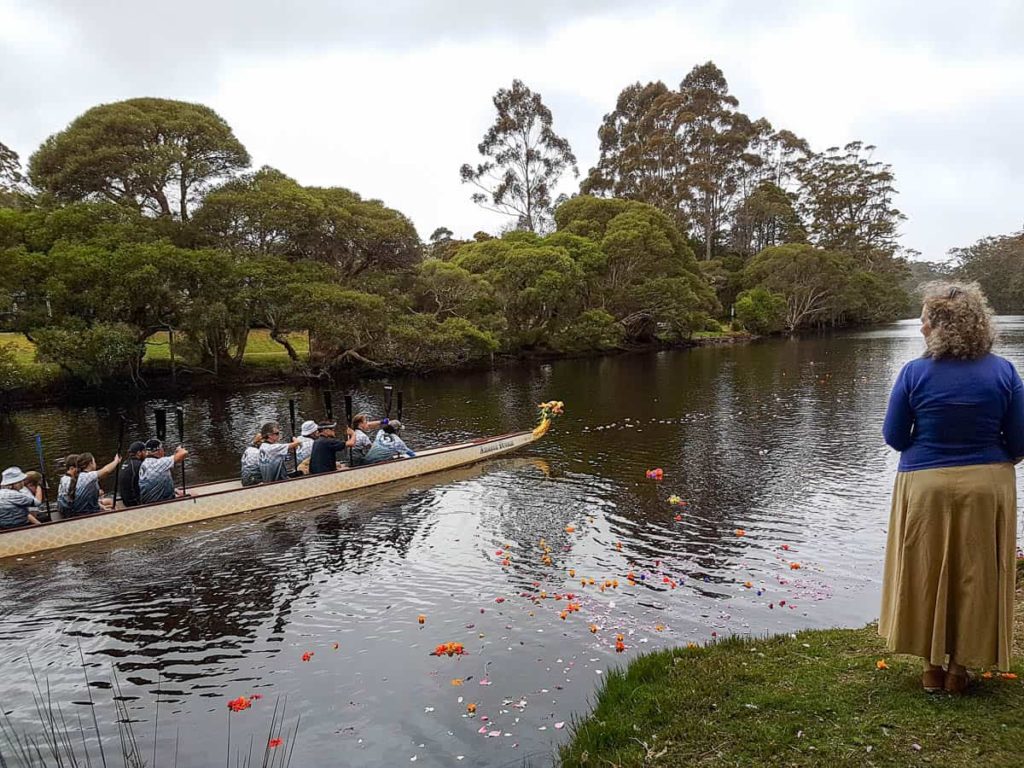
But that was just the beginning of Cecile’s weekend. The next morning there was a remembrance service on the banks of the Denmark River, to acknowledge the loss of those who’d passed away the previous year. Cecile was part of a choir whose repertoire included songs in Aboriginal language. Locals gathered handfuls of flower petals that were strewn across the flowing water and floated away. I got anxious at one point when a rowing team appeared powering down the river, which threatened to spoil the delicate ritual. But just as they passed the bank, the rowers all raised their oars together. It felt a tingle up my spine: it was all part of the plan.
- Living Testament preparation, photo: Jane Davies
- Living Testament costume, photo: Jane Davies
- Living Testament perforamnce, photo: Hazel Blake
- Cecile Williams with her mother at a photography exhibition by Nic Duncan featuring Denmark residents
- Work from Cecile Williams, Trapped
And more, at the Butter Factory gallery was an exhibition to accompany the Greens Pool musical. This included works from Cecile’s Trapped series, which was from the Ghost Nets project in the Torres Straits. Ghost Nets has proved an enduringly productive community art project across Australia’s northern coasts, combining use of local material with the environmental aim of removing damaging waste from the beaches.
The day had just begun. After a performance work by Annett Carmichael gingerly stepping over egg shells, I went to another epic community performance designed by Cecile, where the costume and set design functioned as one. Living Testament was a collaborative community performance by an all woman cast directed by Silvia Lehman featuring the lives of legendary women from ancient times. The material currency in this case was blankets, highly sought after by West Australian textile artists, particularly from nearby Albany. This time Cecile’s challenge was to source them during a particularly cold winter. The result was a large circle of blankets with five coats attached. This collective costume was worn by one or more performers at a time.
You could say community arts practice is in Cecile’s blood. She grew up in the town of Carmel in the Perth foothills. Cecile’s mother was a potter and her father an illustrator. Her grandmother Eva Sounness started a local craft group which managed an annual textile event, the Stirling Range Fibre Weekend, which was held on their farm and continues today. After majoring in sculpture at Claremont School of Art, Cecile joined an embroidery group in Fremantle, with Ruth Hadlow, Holly Story and Katie Campbell-Pope, which is still active fifteen years later. The network is important for finding and sharing job opportunities: “I hardly ever applied for a job. It was all word of mouth.” One of these projects was work with Spare Parts Puppet Theatre in Fremantle, which initiated her current artistic trajectory, applying textile techniques to the construction of theatre sets and dioramas.
Still pondering the name “Denmark”, I asked Cecile about the absence of reference to Indigenous history in the Greens Pool musical. She did subtly place a beach towel with footprints alongside a Noongar painting by Joe Williams in the backdrop. “But we didn’t push it. We didn’t want to include it without their presence.” This is partly a practical issue of a small Indigenous population (1%) that are highly sought after for advice on cultural protocol, knowledge and history. In the audience with me had been the well-published Albany Noongar writer Kim Scott, who joined the applause at the end. The Brave New Works program organised by Denmark Arts had recently conducted healing ceremonies bringing people down from the Kimberley. There is clearly unfinished business in this idyllic village, and perhaps always will be.
Nalda Searles was waiting for me at the Butter Factory. I’m taking her four-wheel drive, camp dog in the rear, back to Perth, to learn more “on the road” about the strongly woven history of fibre in the West. Cecile is still dancing with the Testament performers.
Why has Denmark such a vibrant community life? Cecile plays a big role in this. I think about my life back in, Melbourne, living in the hipster-friendly Brunswick, where most interactions are mediated through money at the cafes and shops. But money alone does not make a community. One of Cecile’s particular talents is to identify latent currencies in everyday life through which a true creative economy is possible. That weekend, she drew on the private stock of towels and blankets to create a material sense of community. Her persistent fossicking, pleading, cajoling and encouraging helped stitch together a collectivity for everyone’s enjoyment.
Then there’s the “divvy”.
Author
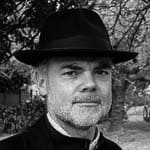 Kevin Murray is managing editor of Garland. Since taking up the Writer in Residence program at the Meat Market Crafts Centre in 1990, he has been dedicated to advocating the value of studio craft to a broad audience through writing and curating.
Kevin Murray is managing editor of Garland. Since taking up the Writer in Residence program at the Meat Market Crafts Centre in 1990, he has been dedicated to advocating the value of studio craft to a broad audience through writing and curating.

This project has been assisted by the Australian Government through
the Australia Council, its arts funding and advisory body.


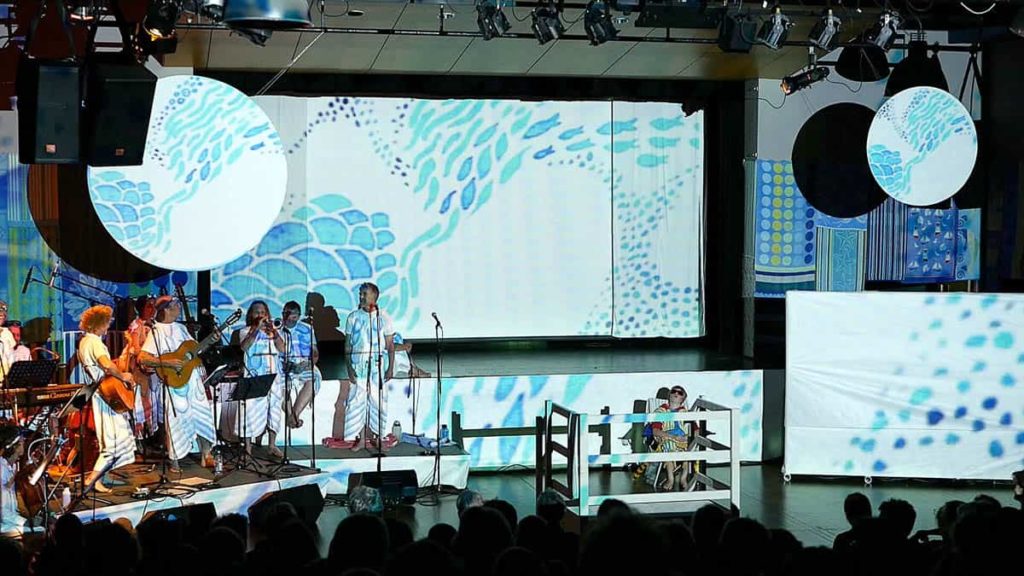
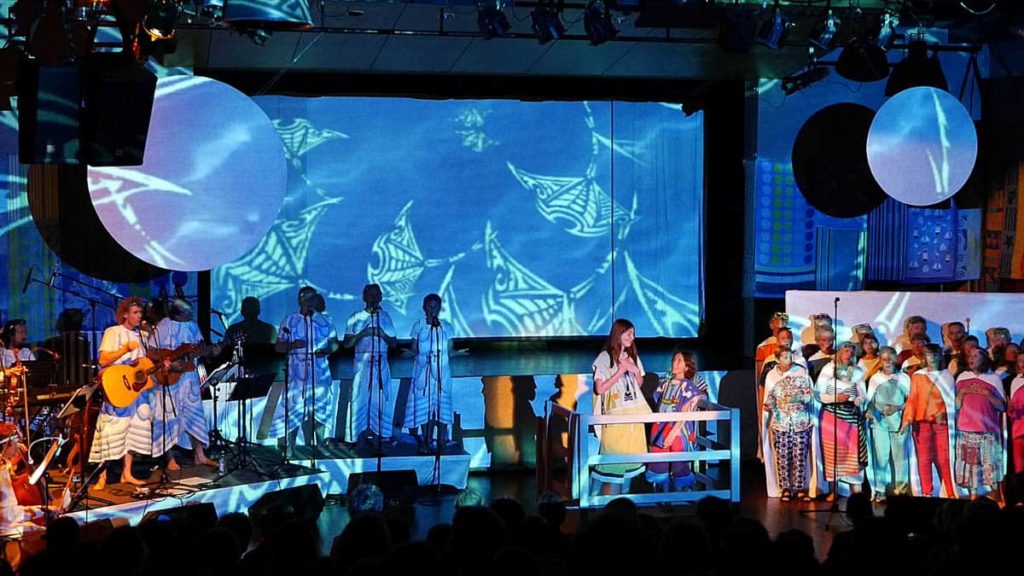

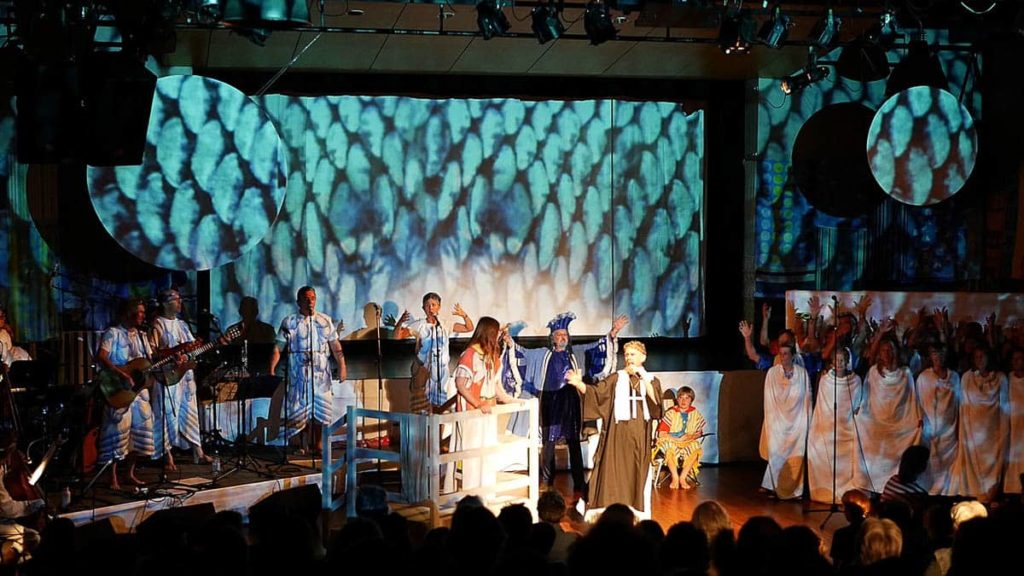
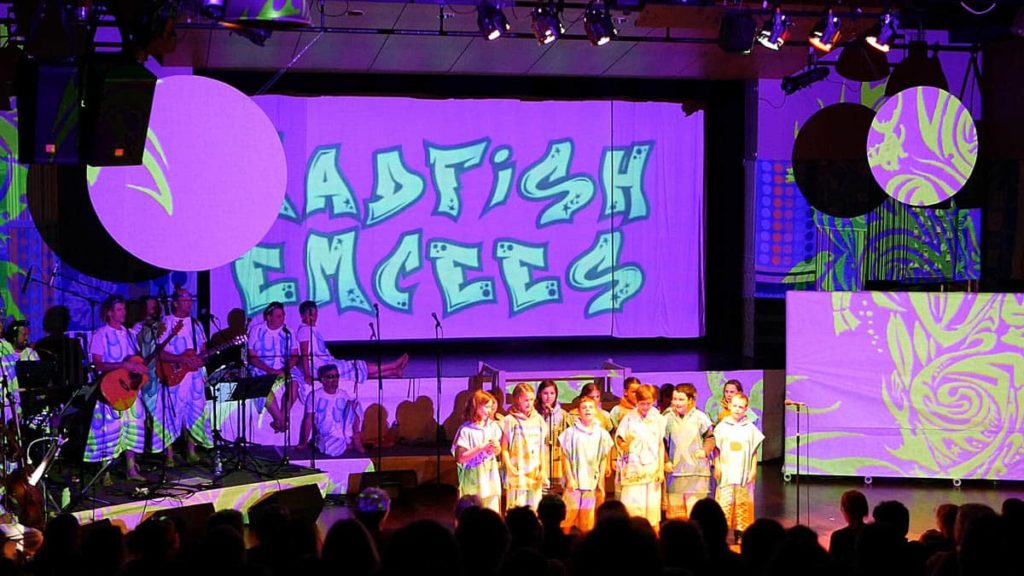


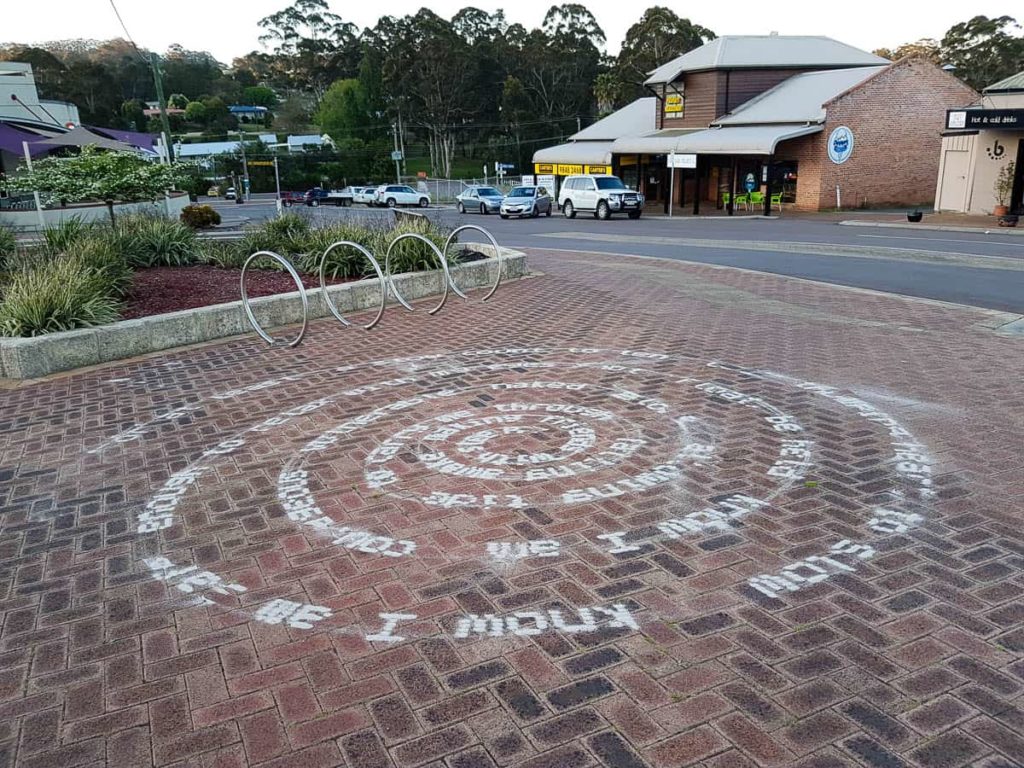
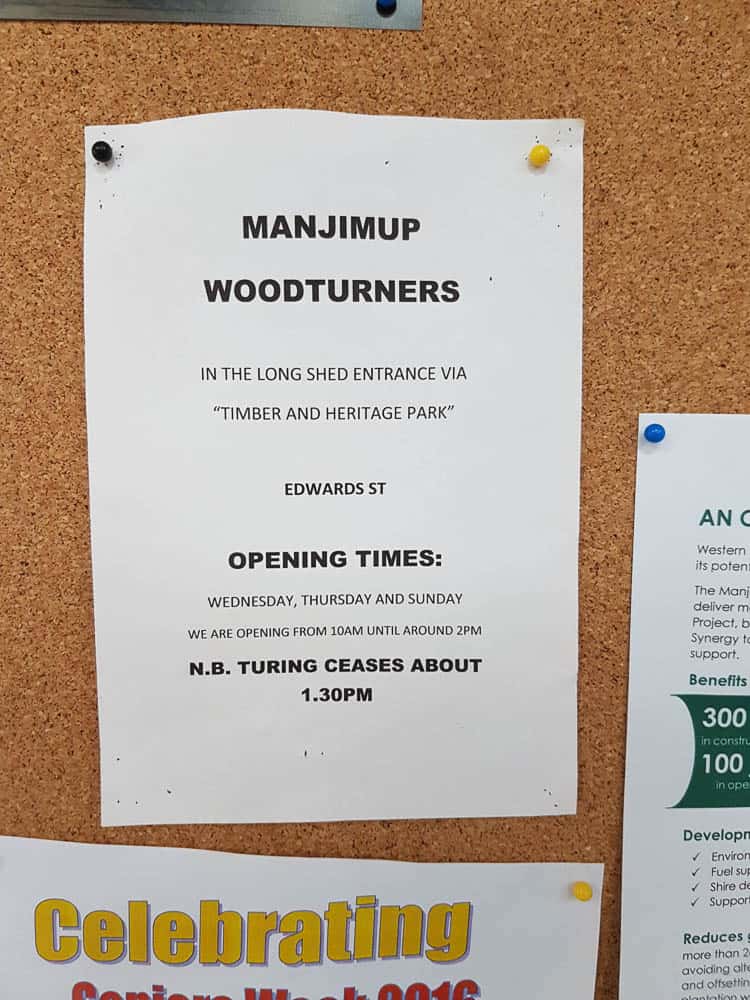


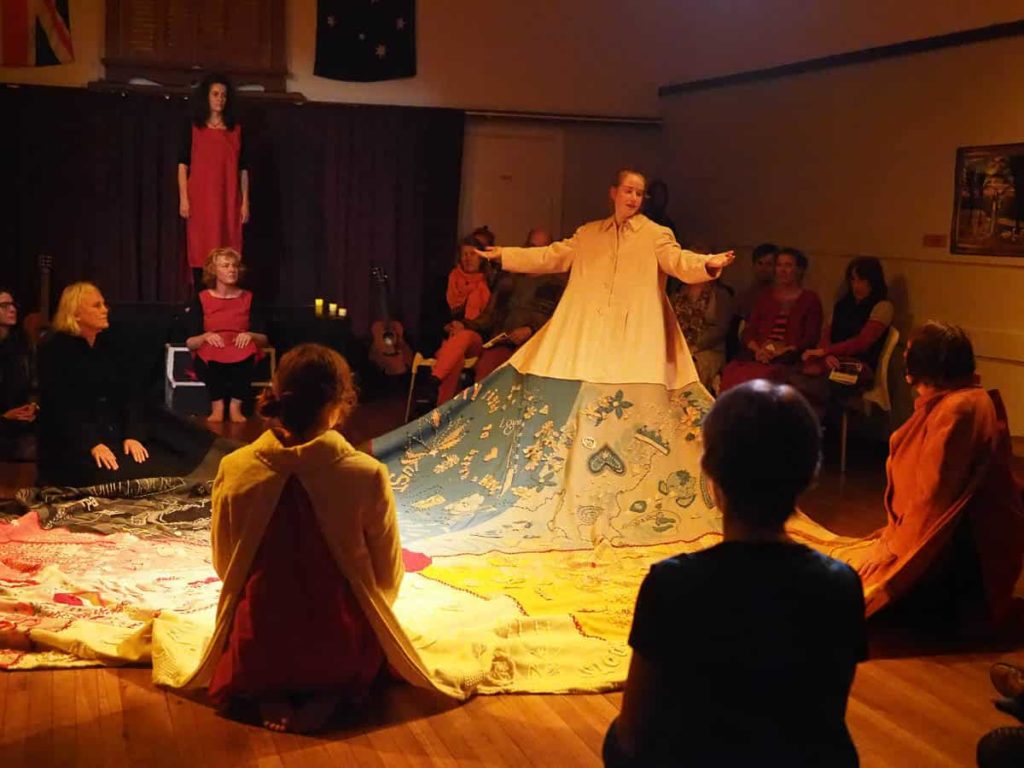



Comments
Wonderful Kevin. so informative and the stirling Range weekend is just a week away.. Kare Cecile et al will all be drawing needles as it were//
loved reading this Kevin. Sounds idyllic and Cecile is amazing
Magical Kevin, as is Cecile, an artist whose work I have collected for over 30 years. At 19 she looked after our cat Smokey while Richard and I went on holiday. I asked if she would do a small painting of her. On returning found a small painting…of a boat! That’s Cecile; always surprising, full of creativity, wonderment, exceptional making skills and bubbling over with life, Cecile is truly an ‘original’. As is the community of Denmark.
Thank you for the insight in to her work, and the community that is Denmark. Cheers Christina